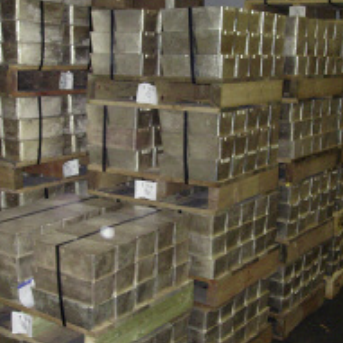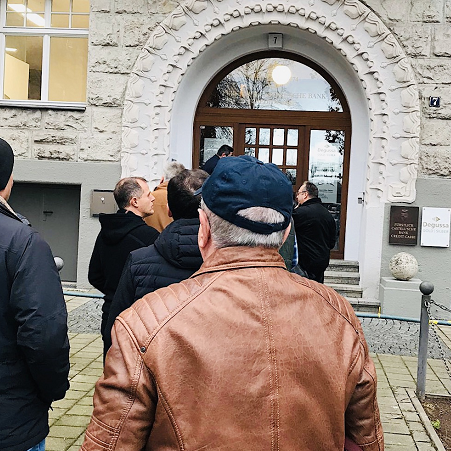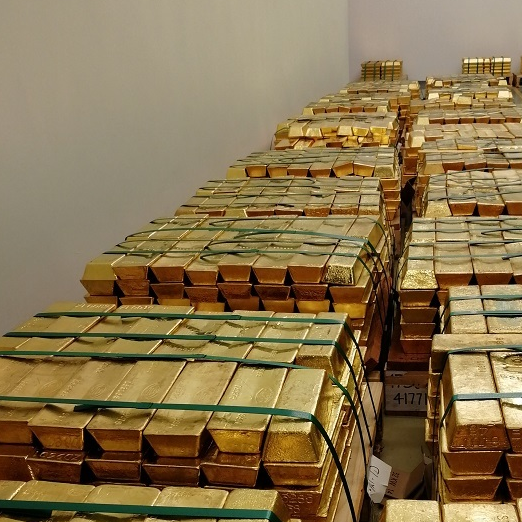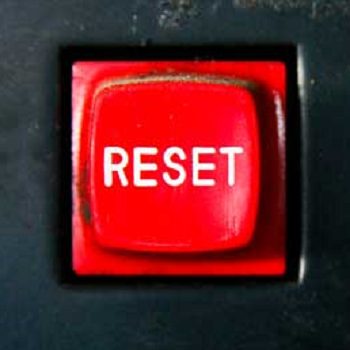LME Gold & Silver Reference Prices: Will Anyone Notice?
On 29 August, the London Metal Exchange (LME) began publication of a set of daily reference prices for gold and silver. These reference prices aim to capture and reflect paper gold and silver market prices as at 10:30 am, 12:00 midday, and 3:00 pm London time.
Anyone familiar with the former London gold and silver fix auctions, or the successor LBMA Gold Price and LBMA Silver Price auctions, will know that the LBMA gold auction is conducted twice daily at 10:30 am and 3.00 pm London time, while the silver auction is held once daily at midday. These auctions are also for unallocated book entry gold and silver (paper gold and silver) in the London market. ICE Benchmark Administration (IBA) is the auction administrator for both of these LBMA auctions.
Peak Liquidity
As these new reference prices published by the London Metal Exchange are timed to report ‘market’ prices for gold and silver at exactly the same times as the LBMA Gold and LBMA Silver auctions, they add an element of future competition between the LME and ICE in the benchmark price provision business. However, the LME’s prices for both gold and silver are calculated at each of the 3 times of the ICE / LBMA auctions, i.e. at 10:30am (LBMA morning gold auction), 12:00 (LBMA silver auction) and 3:00pm (LBMA afternoon gold auction), periods which the LME describes as having ‘peak liquidity’.
In July 2017, the LME launched a suite of gold and silver futures contracts (LME Gold and LME Silver) for the London market, 2 of which are Spot daily contracts in gold and silver, respectively. Under the hood, these new gold and silver daily reference prices published by the LME are just volume weighted average prices (VWAP) of these LME Gold and LME Silver spot contracts calculated over a 2 minute window at the relevant times each day (i.e. 10:30 am, midday, and 3:00 pm) based on trades on the LMEselect trading platform. These contracts also represent claims on unallocated book entry paper gold and silver in the London market.
Therefore, the LME reference prices are not based on any auction trades, and merely use prices ‘discovered’ (generated) on the LME’s own trading platform at the time of the LBMA / ICE auctions. Given that these new LME reference prices only began to be published on 29 August, there are only about 50 daily data points so far for each of gold and silver. All prices since 29 August can be seen on the LME website for gold and silver.
Different But Similar
But are these LME prices the same as those generated by the ICE / LBMA daily auctions? No, they are not the same, but they are similar. The reason both sets of prices are not the same is that they are derived differently. The LBMA price resulting from an auction is the price derived in the final round of an auction when the imbalance between the auction’s buy and sell volumes is in tolerance (less than 10,000 ounces). The LME reference prices are average prices calculated (and volume weighted) using trades executed on the LME’s trading platform over a 2 minute interval from the start of an auction until 2 minutes after the start of an auction.
The LBMA auction prices and the LME reference prices are similar in that they are both based on market activity over similar time periods within the wholesale gold and silver markets, and in practice (or at least in theory), arbitrage trading should act to keep prices in the OTC market, and in the LBMA auctions, and in COMEX precious metals futures trading, and in LME gold and silver futures trading in line with each other.
Like their predecessors the London Gold fix and London Silver fix, the LBMA Gold Price and LBMA Silver Price are used every day to value everything from ISDA contracts to gold-backed ETFs, and the daily auction prices are also referenced widely in the global precious metals industry to execute trades involving miners, refineries, bullion banks, central banks, jewellers and coin shops. In short, these LBMA gold and silver reference prices are the dominant incumbent reference prices, and they also qualify as Regulated Benchmarks regulated by the UK Financial Conduct Authority. But will anyone end up using these new LME precious metals reference prices? Possibly, but it could it a while.
In 2018, the LME intends to offer trading based on its new gold and reference price reference levels. According to a Reuters article from 10 October:
“As of mid-2018 participants will be able to trade at those prices, Chamberlain [LME CEO] said, with technology being developed to match buy and sell orders for execution at the settlement price.
‘Benchmarks take a long time to evolve,’ he said. ‘What we can do is put in place the infrastructure, show that we have day after day of robust prices, but ultimately it is for end-users to decide what they want to use.'"
Being able to trade at the LME reference prices will add more relevance to the published numbers and could add legitimacy in terms of market data and financial media interest.
Conclusion
Right now the LME gold and silver reference prices are published daily and are “available for market participants to use free of charge." But real world usage in the sense of being used to value precious metals funds, contracts or transactions looks to be a case of “down the road" rather than today.
Ideally the London gold and silver markets do not need an additional benchmark reflecting fractionally-backed unallocated gold and silver trading, but a benchmark and reference price reflecting the trading of real physical gold and silver. However, as the LME has chosen not to upset the status quo of the London unallocated trading system, a system which remains one of the key determinants of the international gold price, then real physical gold and silver reference prices in the London market will unfortunately remain a pipe dream.
Popular Blog Posts by Ronan Manly
 How Many Silver Bars Are in the LBMA's London Vaults?
How Many Silver Bars Are in the LBMA's London Vaults?
 ECB Gold Stored in 5 Locations, Won't Disclose Gold Bar List
ECB Gold Stored in 5 Locations, Won't Disclose Gold Bar List
 German Government Escalates War On Gold
German Government Escalates War On Gold
 Polish Central Bank Airlifts 8,000 Gold Bars From London
Polish Central Bank Airlifts 8,000 Gold Bars From London
 Quantum Leap as ABN AMRO Questions Gold Price Discovery
Quantum Leap as ABN AMRO Questions Gold Price Discovery
 How Militaries Use Gold Coins as Emergency Money
How Militaries Use Gold Coins as Emergency Money
 JP Morgan's Nowak Charged With Rigging Precious Metals
JP Morgan's Nowak Charged With Rigging Precious Metals
 Hungary Announces 10-Fold Jump in Gold Reserves
Hungary Announces 10-Fold Jump in Gold Reserves
 Planned in Advance by Central Banks: a 2020 System Reset
Planned in Advance by Central Banks: a 2020 System Reset
 Surging Silver Demand to Intensify Structural Deficit
Surging Silver Demand to Intensify Structural Deficit





 Ronan Manly
Ronan Manly 0 Comments
0 Comments










